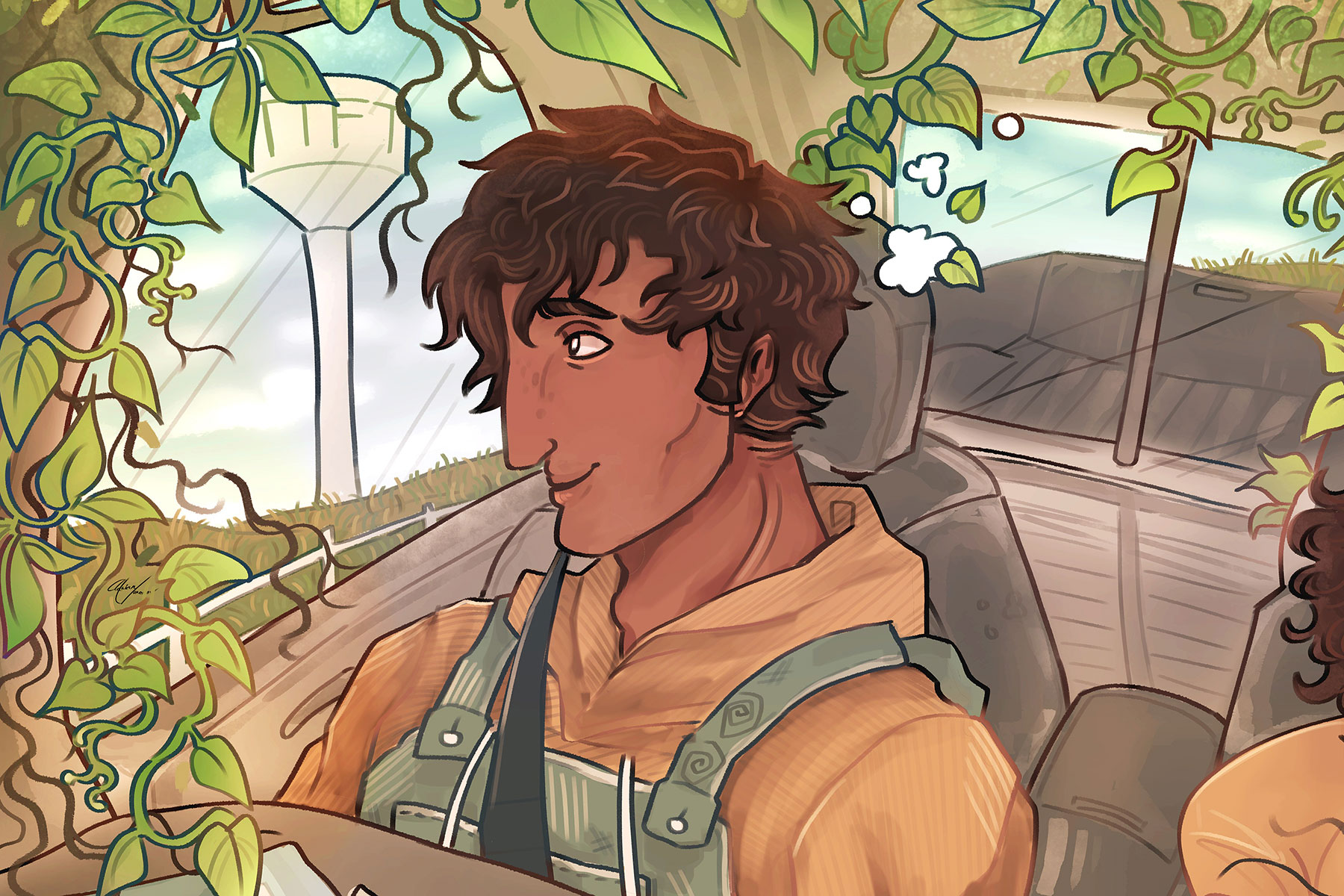By Stephanie Schupska
University of
Georgia
Costumes are flying off the shelves, and candy’s not far behind.
It’s almost Halloween. As children get ready to collect treats
or help carve a pumpkin, a University of Georgia expert has a
few tips to help the night go smoothly.
“If parents give a little thought to it, about how to lead up
to the day itself, this will mean less stress,” said Don Bower,
a UGA Cooperative Extension human development
specialist. “Also, don’t wait until the last minute, and
involve the kids in the holiday with choosing their costume and
with decorations.”
Both a child and parent’s first thought is usually costume
selection. Before children pick a particular costume, parents
should consider how, when and where their children will walk
through a neighborhood.
“The two biggest sources of injuries at Halloween are falls and
pedestrian-vehicle contact,” Bower said. “The issue of falls is
primarily the costume itself. Children may not be able to see
very well with a mask on. At dusk or dark, they can’t see the
stuff on the ground when walking through a yard. Thinking
through those things ahead of time can prevent falls.”
Parents can help prevent the danger of pedestrian-vehicle
contact by limiting trick-or-treating to neighborhoods with
sidewalks and street lights and by accompanying young children
as they collect candy.
Many communities are also moving away from traditional trick-or-
treating “toward parties at homes,” he said. “Schools also have
fall festivals for various reasons. These are generally
organized by people who know children’s interests and
abilities.”
The reasons parties and festivals are becoming more popular,
Bower said, are because some parents are uncomfortable with the
goblin and ghost ideas, with their children going out begging
and with ethical implications.
The Halloween tradition of pumpkin carving is still going
strong.
“Sharp knives and awkward things like pumpkins are not good
around young kids,” Bower said. “Let the kids scoop out the
seeds and draw a face on the pumpkin that the parents can then
cut out.”
He also suggests using a pumpkin carving kit which comes with a
tiny saw, which is easier for children to use than a knife.
To lower stress on Halloween, parents should think about
activities they can do beforehand.
“Carving a pumpkin about two days before should be okay,” Bower
said. “You could plan with your child what to expect for the
Halloween celebration, including your preferences for what will
happen to all the goodies collected.”
(Stephanie Schupska is a news editor with the University of
Georgia College of Agricultural and Environmental Sciences.)




